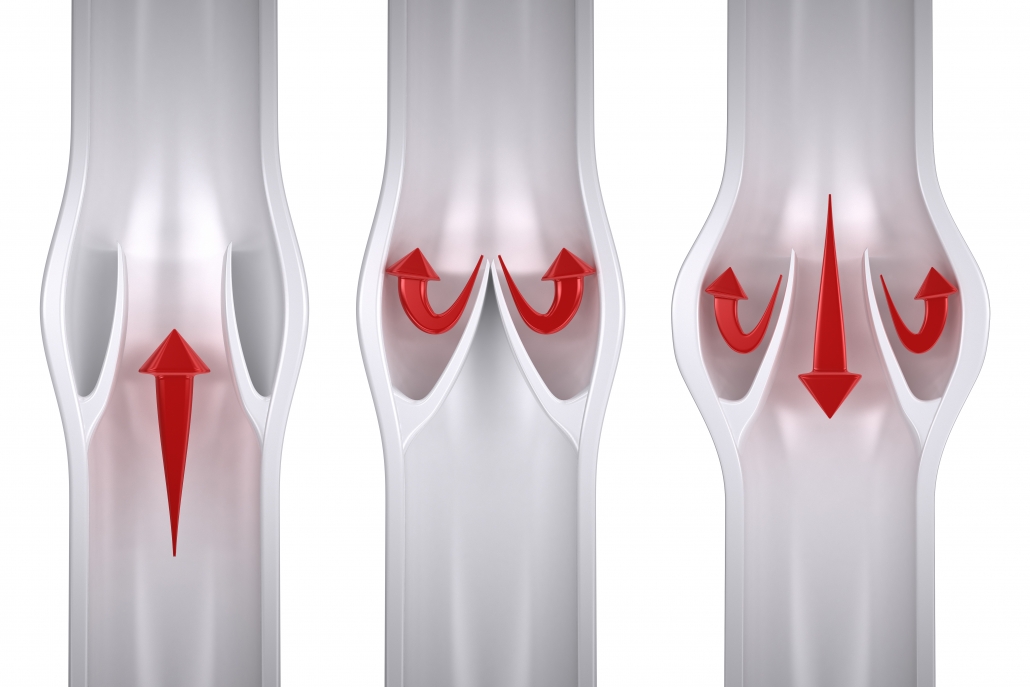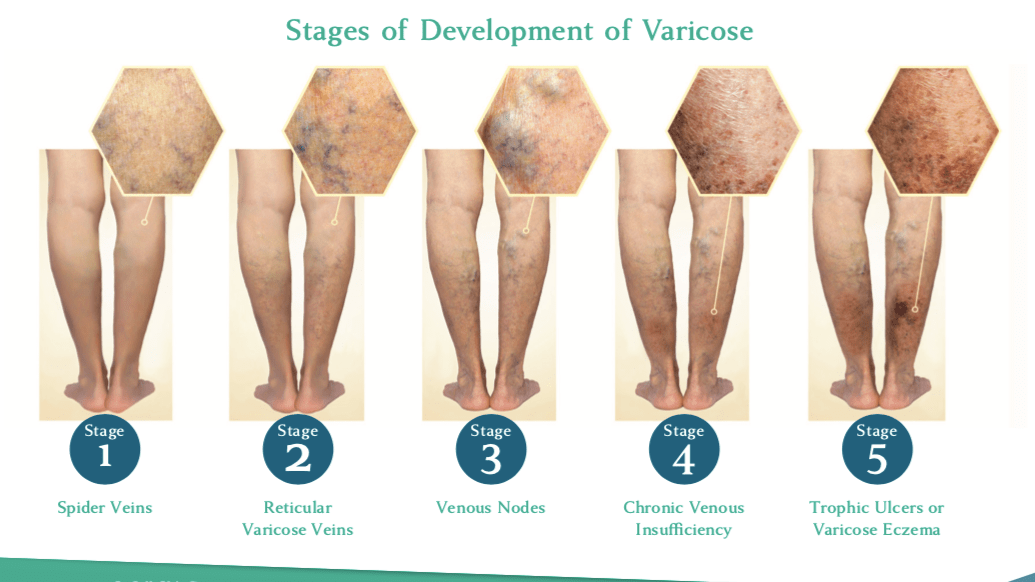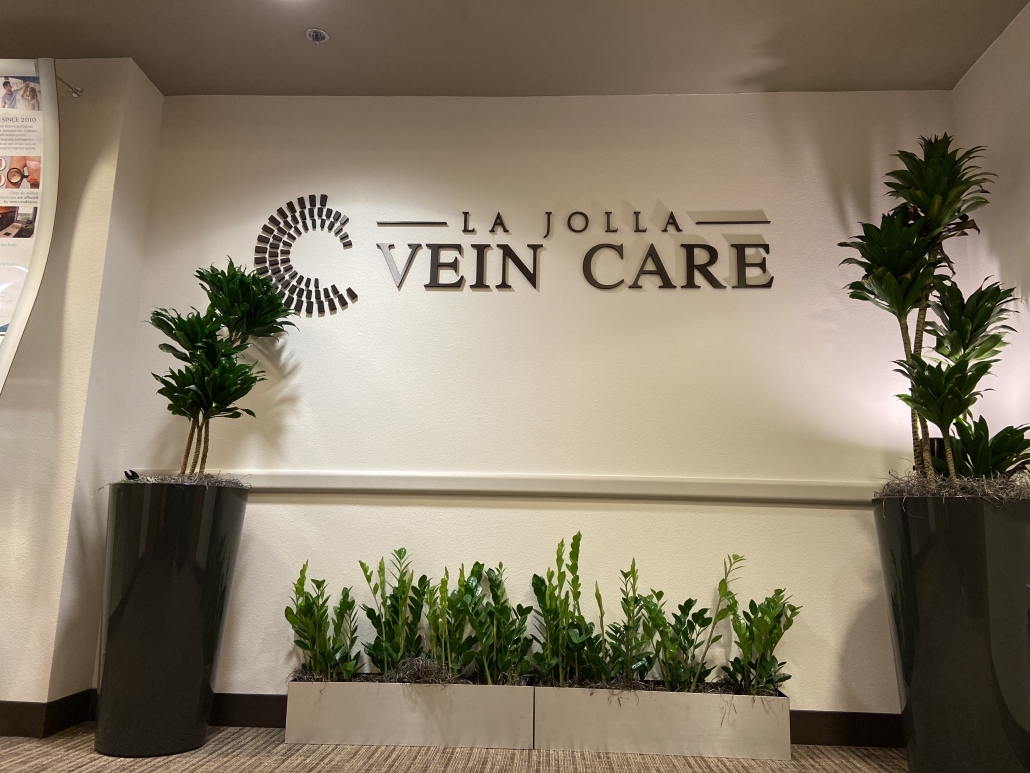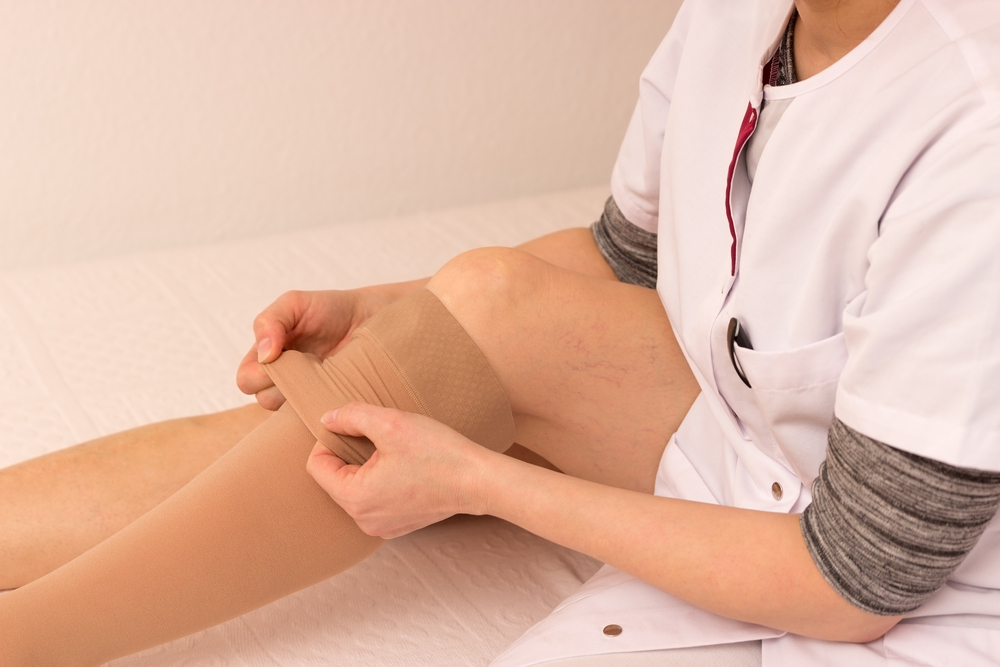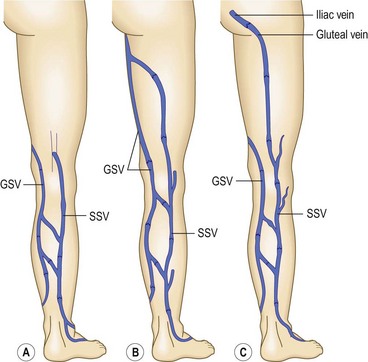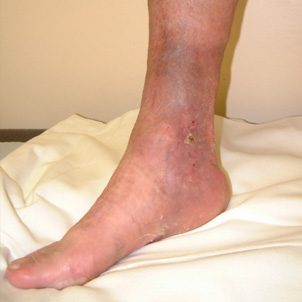Memorial Day Observation
Nisha Bunke2020-09-18T18:59:22-07:00In observance of Memorial Day, our office is closed. We would like to honor the men and women who have sacrificed their lives while serving in the military. Most of us at La Jolla Vein Care have a direct military connection, and we continue to honor veterans and current military. We have chosen to be a […]




